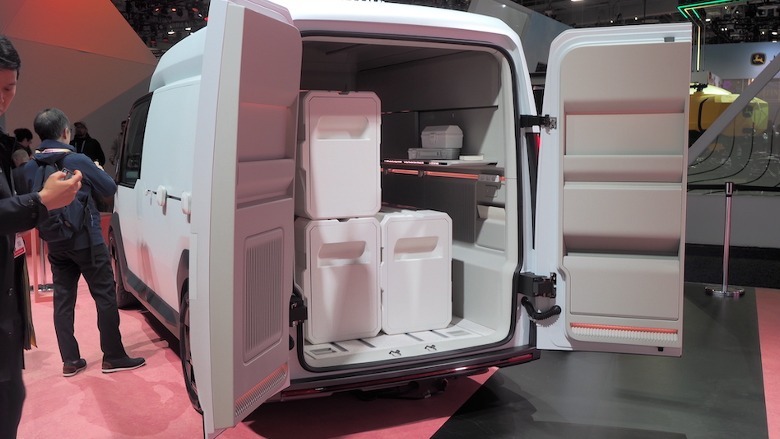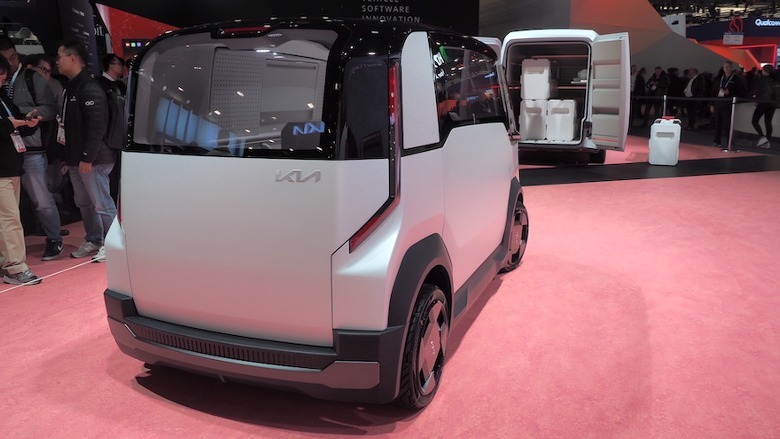The idea of a single electric vehicle platform that can be applied to a variety of vehicle sizes and purposes isn’t new. Indeed, the strategy has been suggested as one of the key advantages of electrification from the early days of the EV transition: Taking a common architecture, often including the battery, electric motors, power management and control hardware, and packaging it into a single slice or “skateboard.” That could then be topped with a variety of body styles, from minivans and pickup trucks, through to sedans and sports cars.
The appeal was even more obvious for EV-makers aiming to help companies convert their business fleets to electric. Startups like Canoo and Bollinger Motors raised their profiles — and plenty of investment — with the promise of a single, highly-flexible architecture that could underpin everything from compact urban delivery vehicles, through to larger vans and trucks, along with people-movers for ride hailing services.
That’s yet to pan out in practice. While automakers, like VW Group with MEB, have multiple models using the same core platform, none of the EV upstarts have managed to convert their glossy concepts into deployed fleets.



